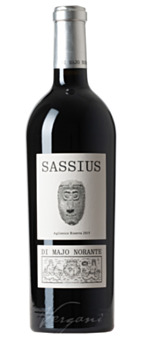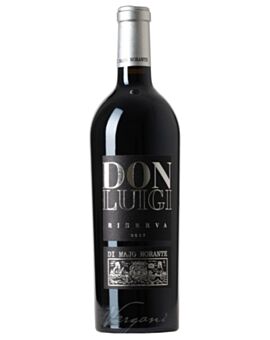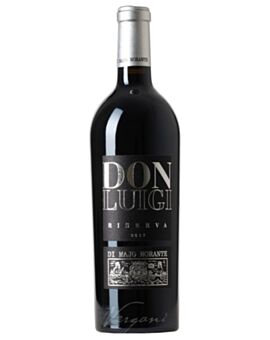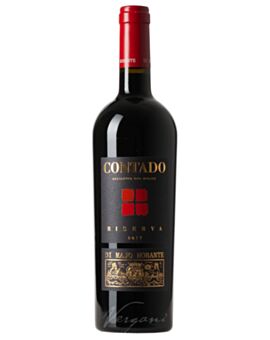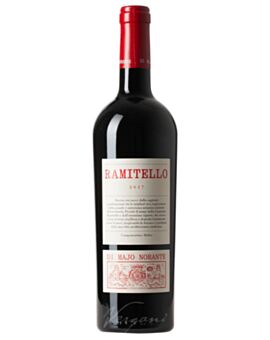Di Majo Norante




Di Majo Norante
Di Majo Norante has been pressing fine wines since the 19th century, a heritage that remains alive in the historic cellars beneath Campomarino Square and in the proud family estate. The passion for viniculture was first ignited by Luigi, later carried on with dedication by Alessio di Majo, and today, hand in hand with research and experimentation, flows through their veins of the current generation around Alessio di Mazzo. With care and tradition Di Majo Norante produces its wines from grapes that grow on 123 hectares of the venerable feudal estate of the Marquises of Norante di Santa Cristina.

Di Majo Norante's winemaking philosophy follows a traditional approach to viticulture and winemaking, with an emphasis on preserving all the characteristics of Mediterranean winemaking.
"Methods that respect nature: Biorganics as a way of life."
Di Majo Norante
The art of wine from Molise testifies to a deep-rooted tradition that goes back to the times of the Sannites and Romans, who laid the foundations of this craft. Throughout the centuries of the southern Apennines, these artful skills have been passed down from generation to generation, always in harmony with the peasant heartbeat of the region.
North of the picturesque Gargano promontory rises the Masseria di Mazzo Norante in the tranquil village of Ramitello, located in the idyllic Campomarino. There, the permeable, partly sandy soils, characterized by gentle summer breezes, offer a unique terroir.
Alessio di Mazzo, a visionary winemaker with a touch of innovation, deliberately left behind productivity and uniform taste in his tireless search for exceptional quality and character. He was deeply convinced that the grape varieties of the south are made for the unique climatic stage of Molise.
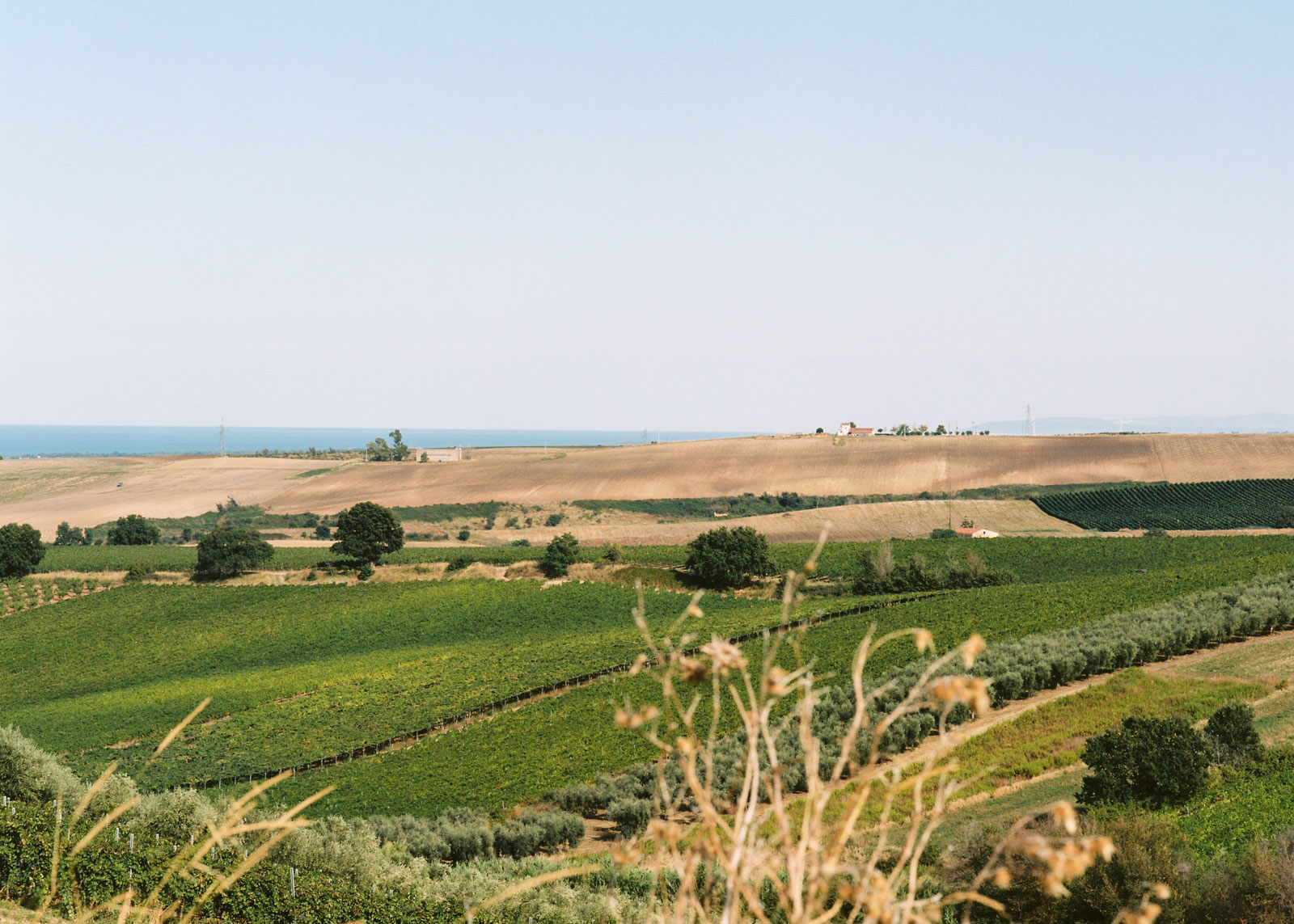
"Connection with nature, new wines from old vines."
Di Majo Norante
All Di Majo Norante wines come from a selection of clones of native grape varieties that have been studied for their adaptability to southern soils. Old grape varieties such as Aglianico, Montepulciano, Sangiovese and Tintilia are used for the production of red wines. Falanghina and Greco are used for white wines. The excellent results obtained by experimenting with these grape varieties have led the company to take this bold path, which perfectly meets the demanding requirements of modern tastes.



